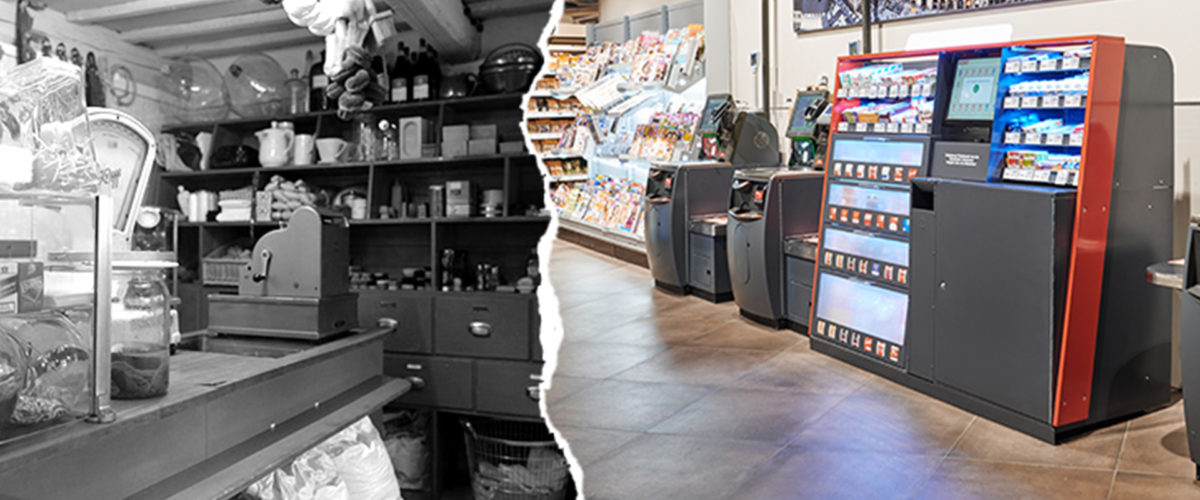Revolution in the supermarket
It is no exaggeration to say that a revolution is taking place in food retailing. Delivering food within two hours is just as revolutionary for established retailers as cashless shops that use cameras to record product removal and eliminate the need for scanning. Completely new shop formats, new payment methods and new suppliers have already massively changed shopping in Germany and Europe.
The food trade is responding to the growth in online and mail order sales because consumers are changing their purchasing behavior. That was actually overdue for more than 60 years, nothing in the German shopping landscape has really changed, fundamentally in technical terms. We are unable to find out exactly whether it was Herbert Eklöh in 1938 in Osnabrück or Bernhard Müller in 1949 in Morellstraße in Augsburg who opened the first self service store in Germany. The triumph of the supermarket was unstoppable, the end of the corner shops initiated. The brothers Albrecht 1962 and Dieter Schwarz 1973 perfected the self service purchase with their discounters Aldi and Lidl. The rest of the trade discovered freshness as a theme for itself and drugstores came and went.
This changed in 2008 when digitization left its first footprints in the checkout zone. IKEA introduced the first self-scan cashier registers and was observed with suspicion by employee representatives in particular. The specter of the complete loss of jobs in this sector spread. Today everyone can see for himself that this was not the case. In most cases, digitization increases the number of possibilities. This is the case with eBooks, music and video streaming or Airbnb. Something analog is rarely completely replaced, as happened in digital photography. But digitization in the food trade goes much further. The examples below show this impressively.








